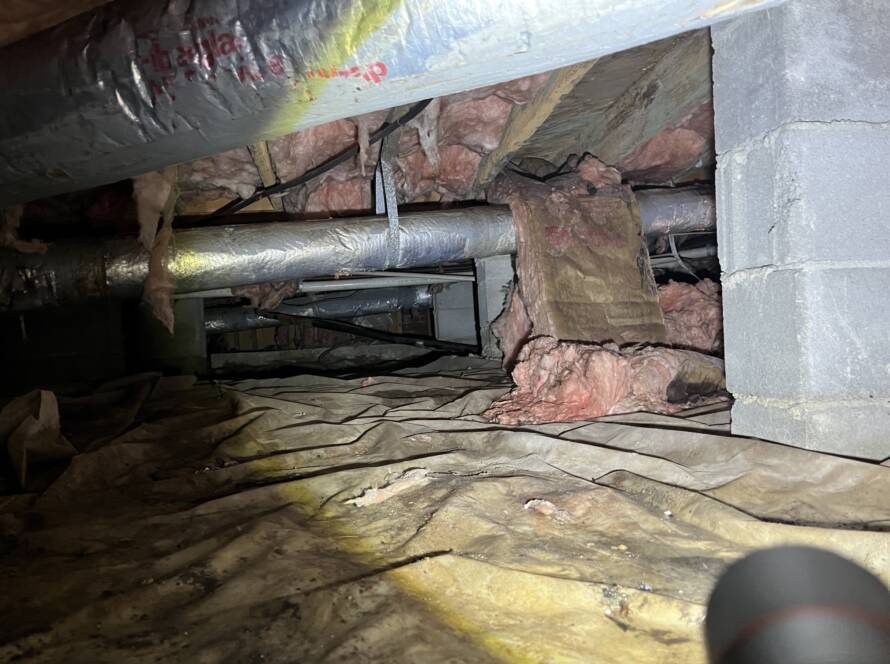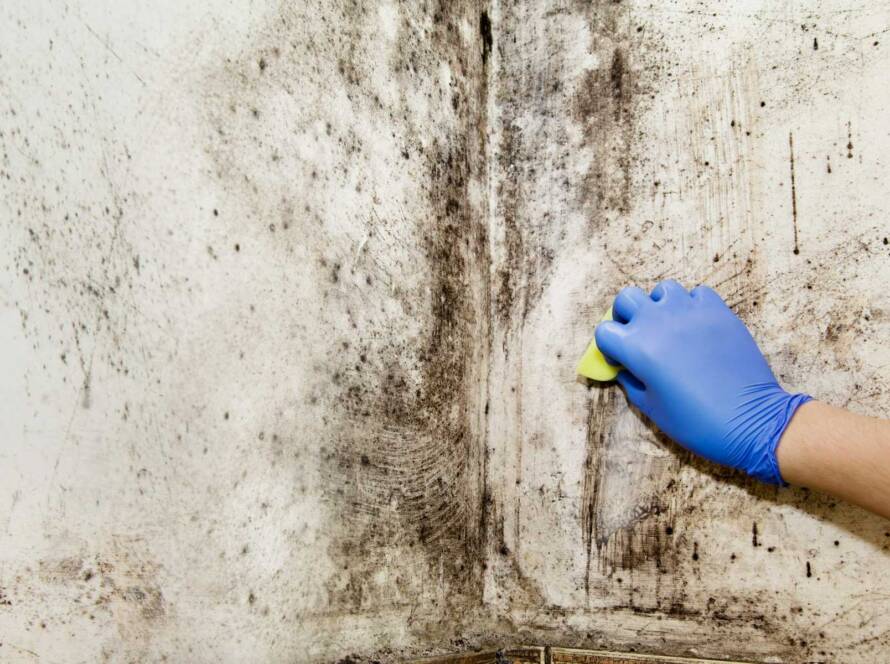Mold is more than just an unsightly problem in homes and businesses—it’s a serious health hazard. When mold spores are present in large quantities, they can cause respiratory issues, skin irritations, and a host of other health concerns, particularly for individuals with compromised immune systems or pre-existing respiratory conditions. For this reason, it’s critical to address the presence of mold quickly and effectively. This is where licensed and certified mold remediation and abatement experts come into play.
BioSweep Southeast is recognized by the Institute of Inspection, Cleaning, and Restoration Certification (IICRC) as a certified mold remediation specialist, following and performing above industry standards when it comes to mold remediation and restoring your home to a healthy and safe place to live.
Worried about mold in your home or business? Contact BioSweep Southeast today for a professional mold inspection and keep your environment safe.
Mold remediation is a specialized process aimed at removing and preventing the spread of mold in a structure. In this article, we’ll walk you through the steps of an effective mold remediation process and the best practices to follow to ensure mold problems are handled safely and permanently.
The Mold Remediation Process
BioSweep Southeast takes a personalized approach to every mold project, guiding you through the full process from inspection to full restoration. We partner with independent and certified mold inspectors to bring a full report on the mold found in your home, and with licensed home renovation contractors to ensure any restoration work is performed at the highest level.
Reaching out to BioSweep Southeast to start your project, guarantees the problem is thoroughly addressed and your home is restored to a clean and healthy place for your family. Every mold problem is unique, depending on the extent of the infestation, the type of mold involved, and the source of the mold in the first place.
There is no one-size-fits-all solution but most professional remediation projects follow a systematic process designed to ensure thoroughness and safety.
1. Inspection and Assessment
Every mold remediation project begins with a comprehensive inspection and testing. Mold can grow in hidden areas such as behind walls, under carpets, or within air ducts. Professional mold inspectors will perform a detailed examination to determine the extent of the mold problem, using tools like moisture meters and infrared cameras to detect moisture levels and hidden mold behind your drywall and other surfaces.

During this phase, along with determining the source of the mold and why it’s been allowed to grow in your home, the mold type is identified. This helps determine the appropriate removal methods because not all mold species are the same. Some, such as Stachybotrys (also known as black mold), are more harmful than others and require specialized handling.
Does your home smell musty and your family getting sick because of mold? Contact BioSweep Southeast today for a professional mold inspection and keep your environment safe.
2. Containment of the Affected Area
Once mold is detected, it’s crucial to prevent it from spreading to other areas of the property. Mold spores become airborne during the removal process, and without proper containment, they can spread and establish new colonies in previously unaffected spaces.
To avoid this, we’ll use physical barriers, such as plastic sheeting, and negative air pressure to contain the area. This ensures that any disturbed mold spores are pulled toward a HEPA (High-Efficiency Particulate Air) filtration system instead of spreading throughout the property.
3. Air Filtration
Mold spores are microscopic and can easily travel through the air. To prevent airborne spores from contaminating other areas, air filtration is an essential part of mold remediation. HEPA filters and air scrubbers are typically used to capture mold spores and other particulate matter from the air.
This phase is critical for ensuring that the air quality is safe for occupants and that mold spores are effectively removed from the environment. Our highly trained BioSweep Southeast crews also use a state of the art and proprietary machine to treat your entire home with vaporized hydrogen peroxide that effectively kills mold spores and bacteria, eliminating the health hazard of them in your air space.
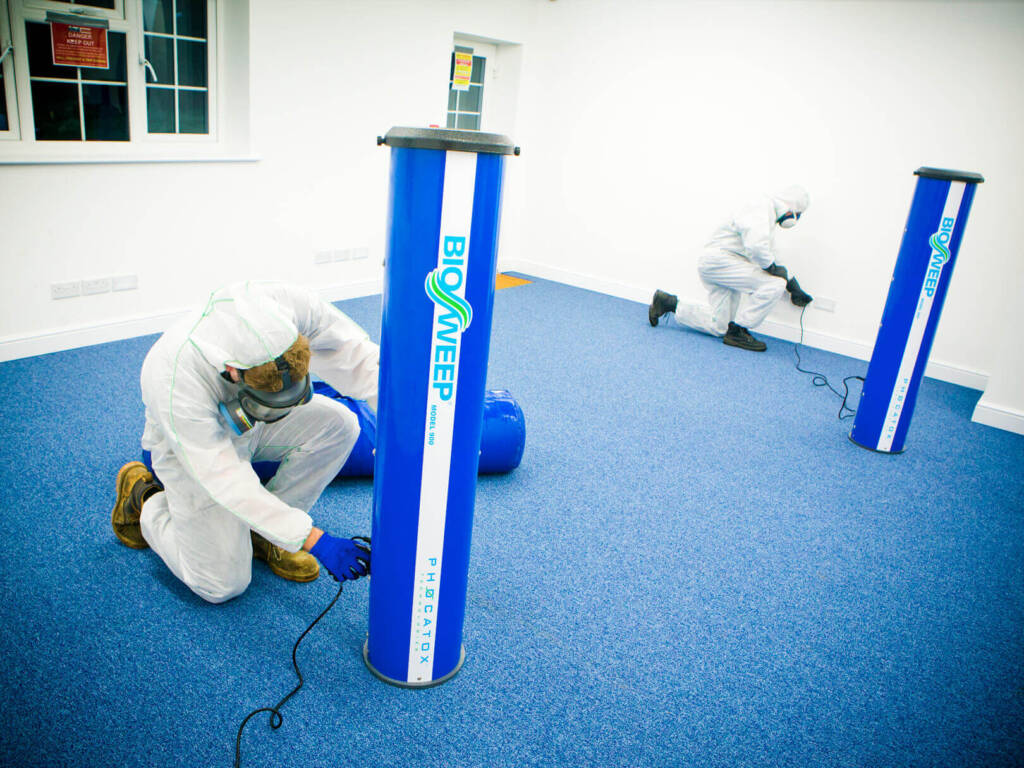
4. Mold Removal
The actual removal process depends on the type of materials affected and the severity of the mold infestation. Non-porous materials such as glass, metal, or tile can often be cleaned and disinfected. However, porous materials like drywall, insulation, and carpets may need to be removed and discarded if they are heavily contaminated.
Specialized cleaning agents and techniques are used to remove mold from surfaces. Antimicrobial treatments may also be applied to prevent future mold growth. In some cases, abrasive techniques like soda blasting may be used to clean mold off wood or concrete surfaces.
Again, we’ll use our BioSweep air treatment and filtration machines to thoroughly cleanse the space, killing all mold spores and bacteria and removing all bad odors in the process as well. All mold along with its trademark damp, musty smell will be gone!
5. Repair and Restoration
After the mold has been removed, the remediation team will assess the need for repairs. Mold often thrives in areas with moisture problems, such as leaks or poor ventilation. Addressing the source of moisture is critical to preventing future mold growth. Repairs might include fixing plumbing leaks, installing vapor barriers, or improving ventilation systems.
Depending on the damage caused by mold, restoration may involve replacing drywall, flooring, or other structural components. In some cases, entire rooms may need to be rebuilt, especially if the mold infestation was severe and widespread.
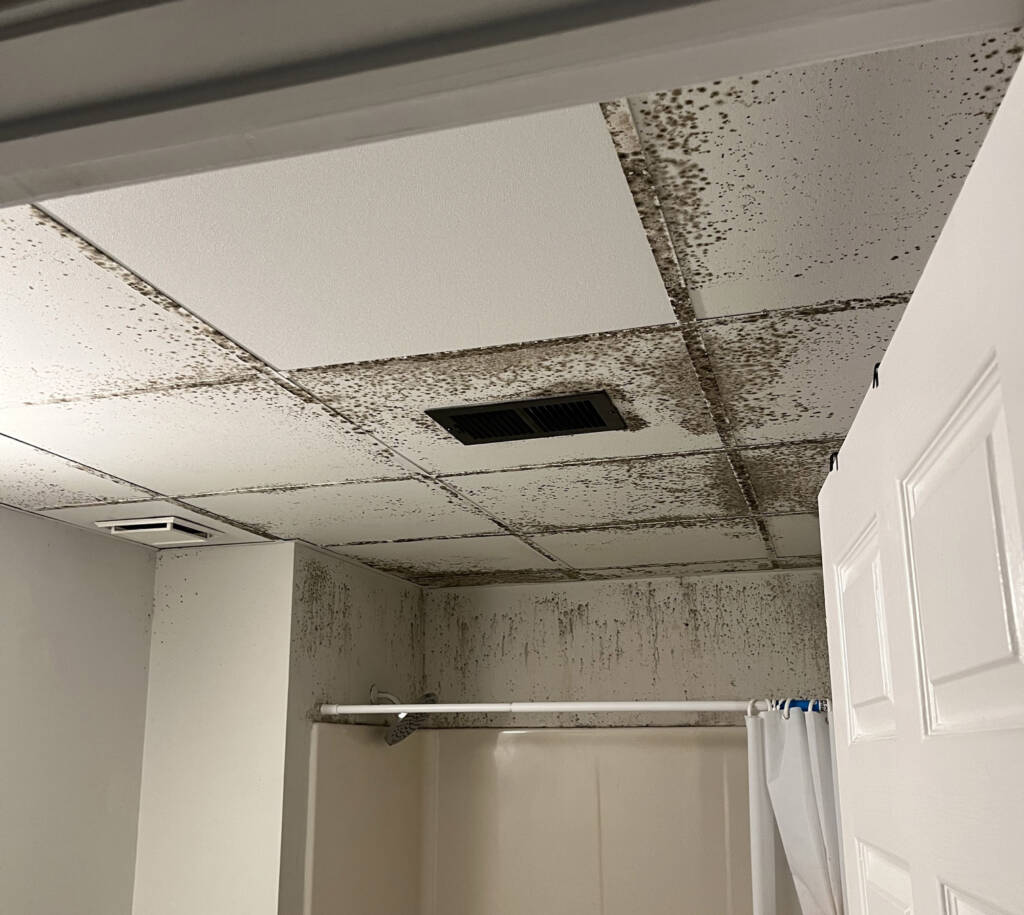
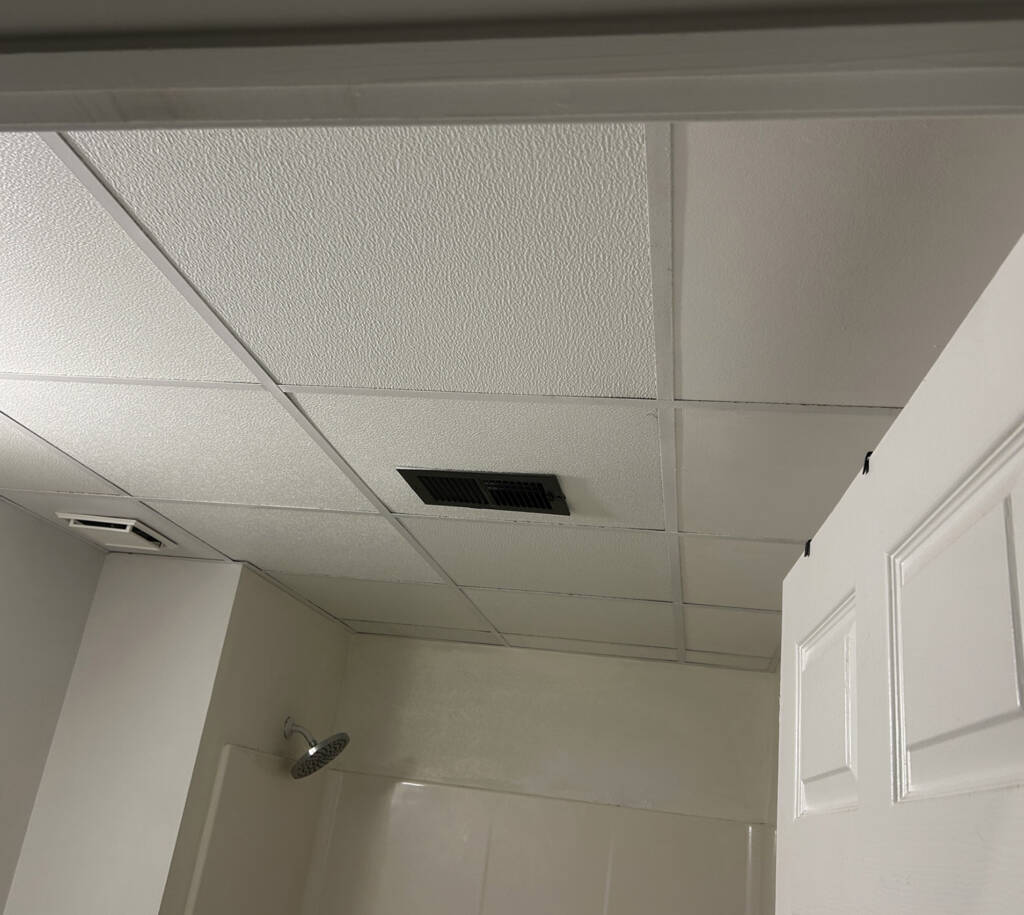
BioSweep Southeast is fully equipped to not only treat mold but to fully repair and restore your home. More than simply removing the mold and waiting for it to return, we get down to the root of the issue and complete the restoration work needed to rid your home of why the mold has entered your home in the first place. Sometimes it’s because of poor construction materials or inadequate air circulation that encourages a damp environment. Our thorough analysis of your home and the mold issue will provide comprehensive data and recommendations for how to rid your home of mold once and for all.
Ready to tackle your mold problem? Our certified professionals at BioSweep Southeast follow industry-leading practices to ensure your home or business is mold-free. Call us now to get started.
Best Practices for Mold Remediation
To ensure a successful remediation process, it’s essential to follow best practices that prioritize safety, thoroughness, and long-term prevention. Here are some of the most important practices for mold remediation and abatement:
1. Safety First
Mold exposure can pose health risks, especially to those handling the removal process. Personal protective equipment (PPE) such as respirators, gloves, goggles, and protective suits are always worn by the certified BioSweep professionals conducting mold remediation. The containment of the affected area and proper air filtration also protect the health of those occupying the building.
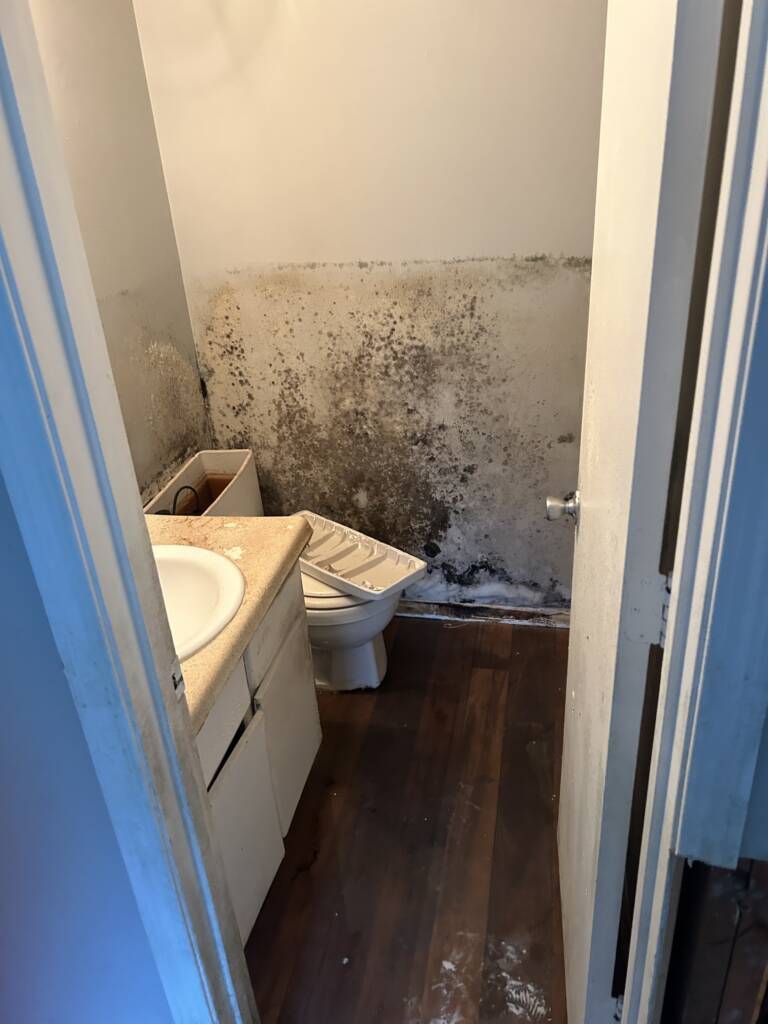
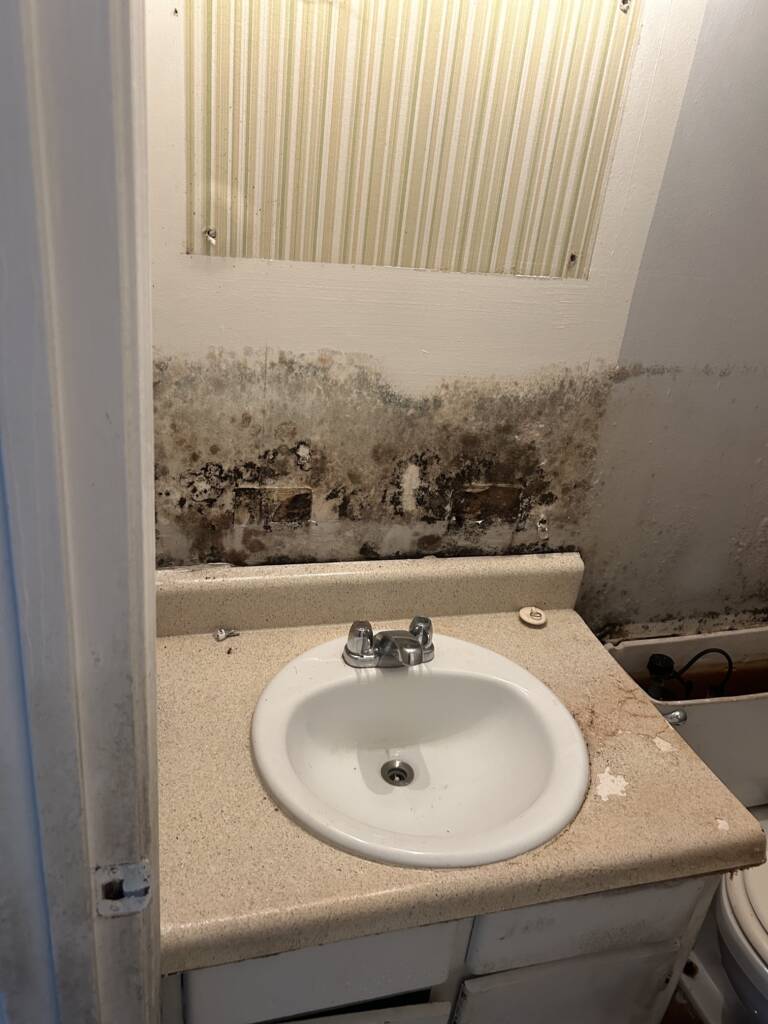
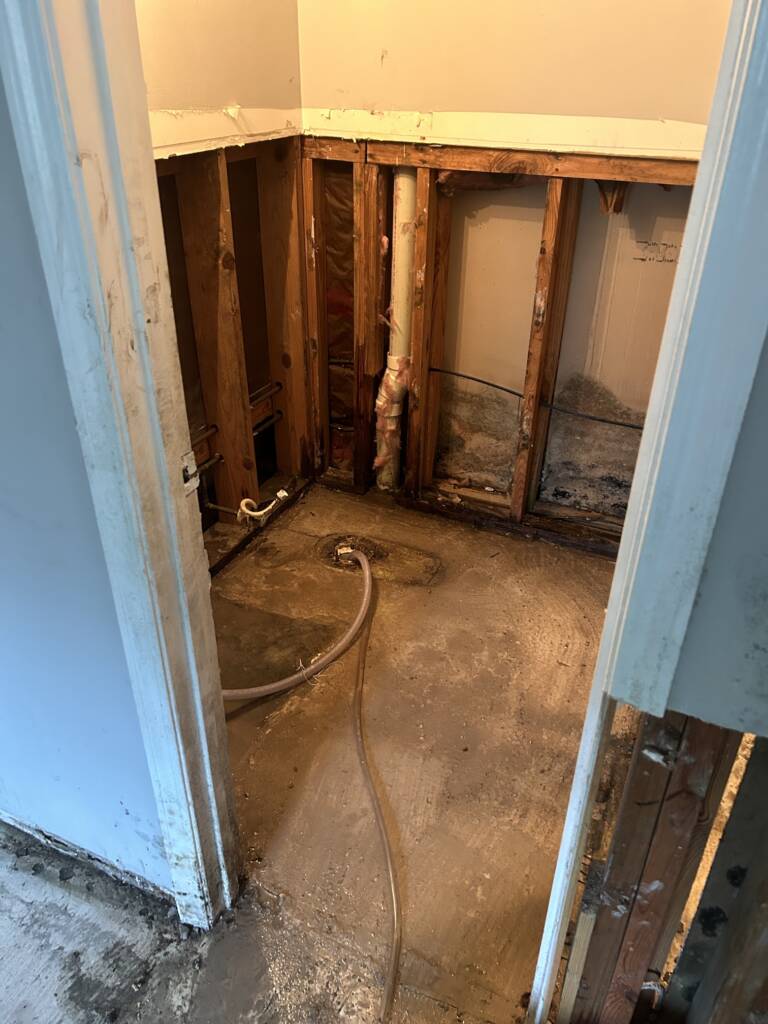
2. Thorough Moisture Control
Mold thrives in moist environments, so controlling moisture is key to successful remediation. This involves fixing leaks, ensuring proper ventilation, and reducing indoor humidity levels. Long-term mold prevention requires eliminating the conditions that allow mold to grow in the first place.
3. Use of Certified BioSweep Professionals
Mold remediation is a specialized task that requires knowledge of proper techniques and the ability to handle potentially hazardous materials. Homeowners and business owners should always seek out certified mold remediation professionals who follow industry standards, such as those set by the Institute of Inspection, Cleaning, and Restoration Certification (IICRC).
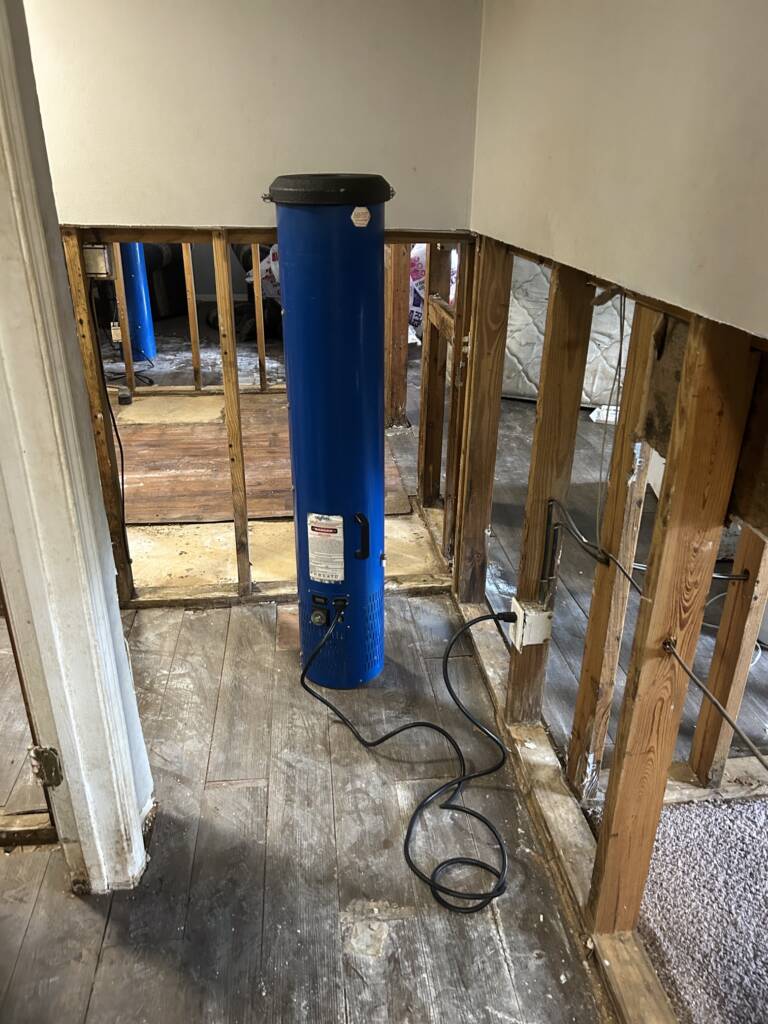
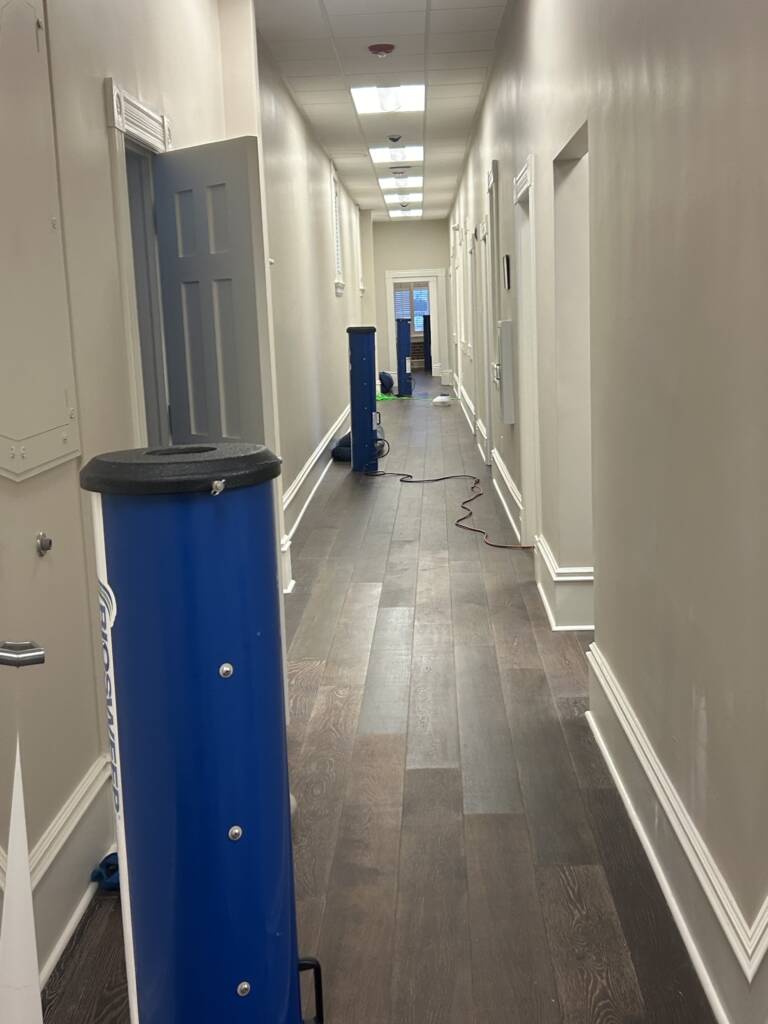
4. Post-Remediation Verification
After mold removal, it’s important to verify that the mold problem has been fully resolved. This may involve follow-up inspections, air quality testing, and moisture level checks. We can provide post-remediation verification to ensure the mold has been successfully eradicated and the environment is safe for reoccupation.
Mold remediation is a complex process that requires careful planning, professional expertise, and adherence to best practices to ensure a safe and effective solution. From the initial inspection to the final restoration, each step of the mold remediation process is designed to address the problem at its root and prevent future occurrences.
For expert mold remediation services, trust BioSweep Southeast to handle your mold problems with precision and care.
Your health and safety deserve nothing less than the best.
Don’t let mold compromise your health or property. Contact BioSweep Southeast for expert mold remediation services. Get a free consultation and protect what matters most.

